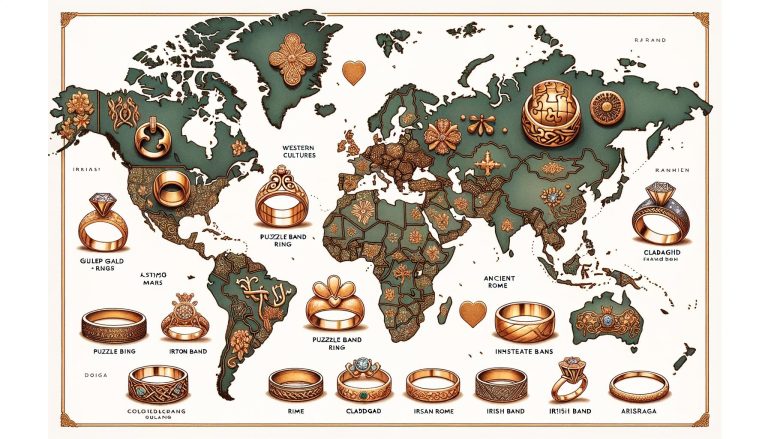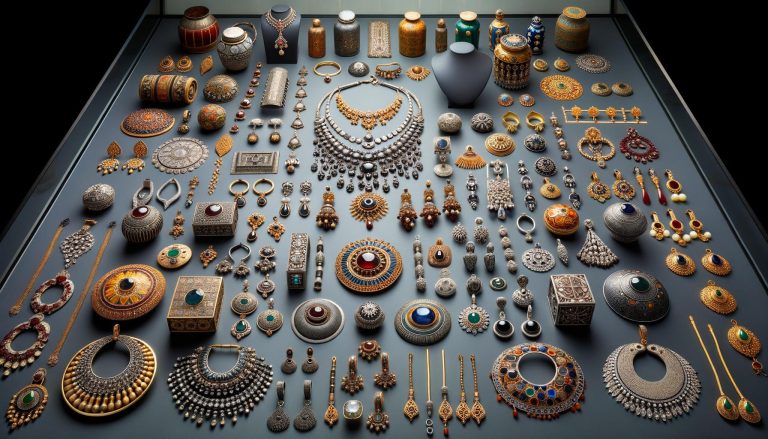African Tribal Jewelry: Meanings and Traditions
African tribal jewelry has long fascinated individuals from around the globe, not just for its striking beauty but also for its profound cultural significance. African tribal jewelry: meanings and traditions extend far beyond mere decoration or adornment; they serve as …





